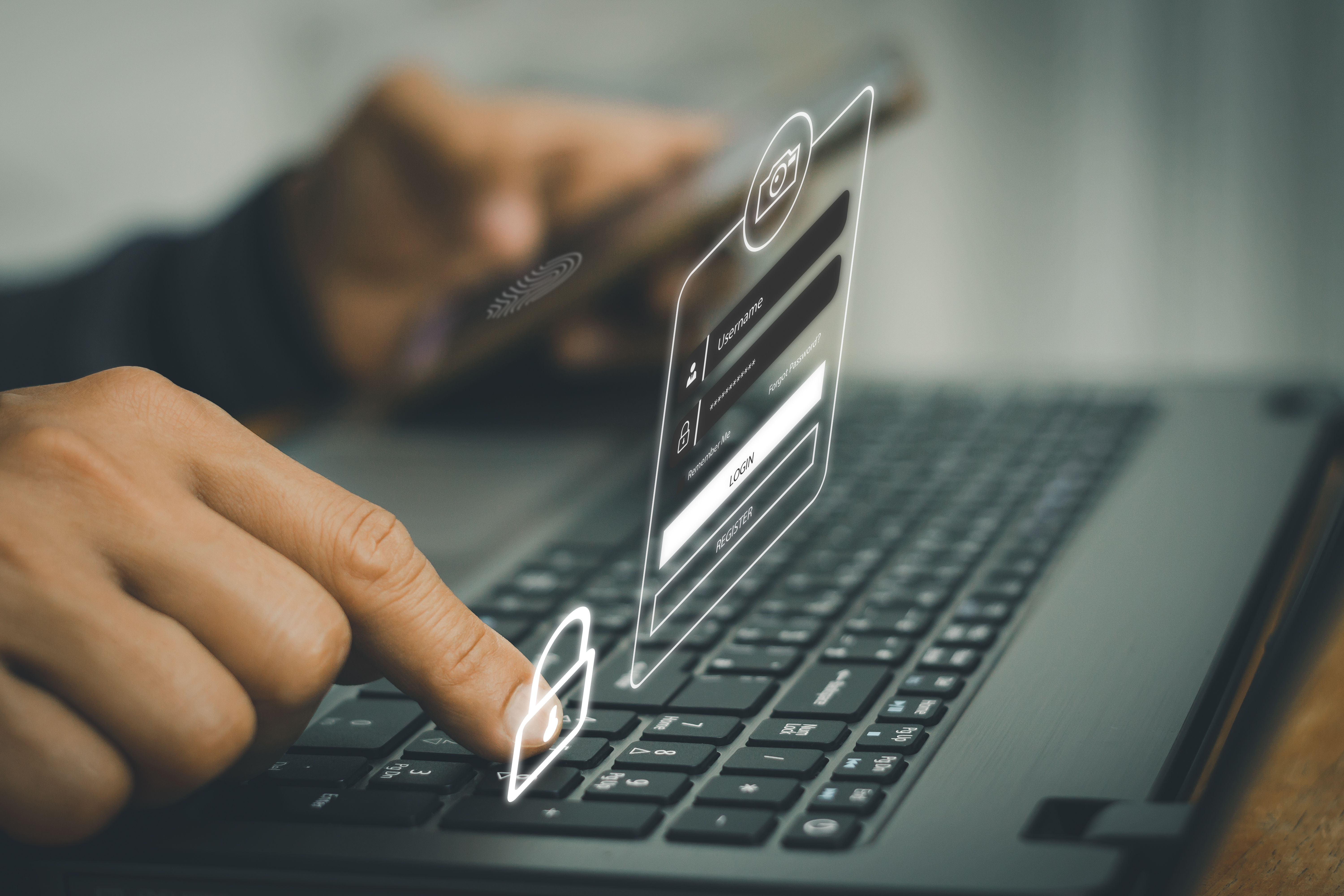The Limitations of Traditional MFA
Most people are familiar with multi-factor authentication, whether from setting up a social media account or having experienced MFA as a security requirement at work. Multi-factor authentication has become widely adopted and oftentimes, is a mandatory requirement. The MFA marketplace is highly competitive regarding providers and solutions such as hard tokens that display one-time passwords or apps that utilize technology like fingerprint scanners found on most smartphones.
That said, for every benefit of MFA, there are two glaringly evident and consistent disadvantages of traditional MFA: it's annoying and can be bypassed!
The Security Challenges Faced by Contact Centers
Contact centers face security challenges on two fronts: internally and externally. From the outside, threat actors are constantly looking to breach BPOs because breaching a BPO gives the attacker access to the BPO’s customers’ infrastructure. This means hackers constantly seek and develop new tactics like prompt bombing and deploying tools like Man-in-the-Middle kits and RDP attacks to circumvent MFA. On the inside, BPOs worry about collusive threats, credential misusage, and agents outsourcing their work and operating as shadow BPOs.
Contact centers are also fighting a battle between function and compliance on the technical front. Contact centers know they need a more versatile MFA tool than traditional MFA. Most contact centers adhere to strict clean desk policies, making deploying multi-factor authentication that relies on mobile apps or text messages impossible. Hard tokens like YubiKeys are difficult and expensive to manage and scale, even more so with high employee turnover (the industry average is 150% annually). Additionally, traditional MFA is no longer an antidote to sophisticated attacks or complicated security problems.
The only clear path forward is to deploy a solution that is able to protect against breaches and intentional misuse simultaneously and continuously, no matter the time or place.
The Power of Continuous MFA with Behavioral Biometrics
Twosense has developed a first-of-its-kind continuous MFA solution powered by behavioral biometrics and machine learning that is invisible to the user and runs passively in the background. Unlike traditional MFA, which only provides authentication upon login, Twosense Continuous MFA works continuously throughout the session. This allows security teams to authenticate users' identities every minute, regardless of their location, clocking 400+ MFA checks throughout the average workday!
Leveraging machine learning and passive biometrics, Twosense is able to create a unique biometric profile for each user. Each model learns and adapts to changing behaviors to biometrically authenticate the user at every MFA challenge in an invisible way. The more behavior is observed, the more confident Twosense can be that the user is who they claim to be.
Twosense can validate the user's identity and authenticate them, not by what they’re doing, but by how they’re doing it, generating a level of trust for every interaction in the background. This enables BPOs to stop both on-site and RDP attacks and detect unauthorized access on any account in under a minute before it becomes a breach.
Continuous MFA through passive biometrics is the only solution capable of checking users' identities hundreds of times each day without requiring any participation from the users– making it secure, efficient, and compliant. The ideal combination for all BPO contact centers eager to prove their commitment to security.


.jpeg)
